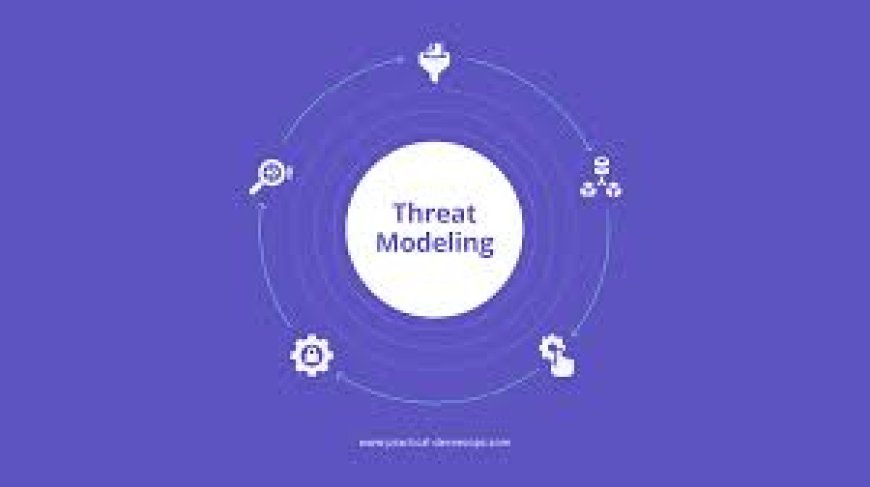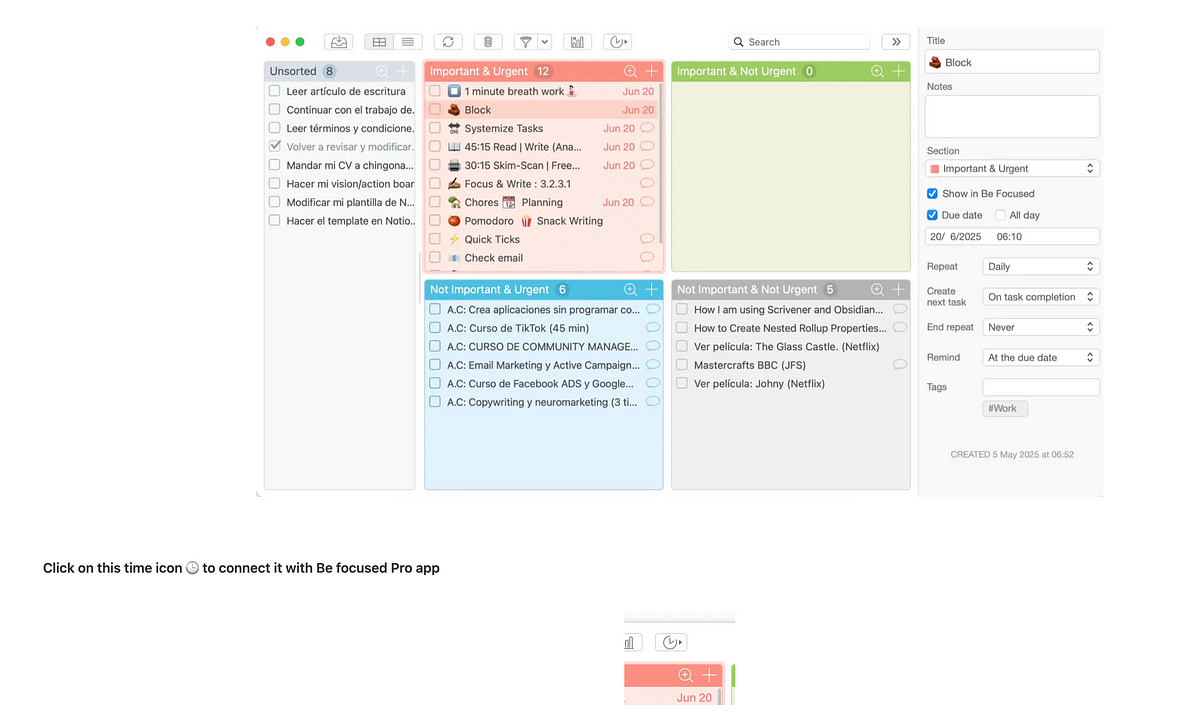Threat Modeling A Simple Way to Stay Ahead of Security Risks
Today, cyber-attacks are all over the place, and they're very smart. If companies are waiting until something happens

Today, cyber-attacks are all over the place, and they're very smart. If companies are waiting until something happens before they take action then it could be already too for them to act. It is therefore important to think ahead. Threat modeling is an effective method to identify and fix security issues before they occur.
What Is Threat Modeling?
Threat modeling is the process of analyzing the system threat modeling to determine the potential for problems. You consider how a person might attack the system or cause damage, what they could cause and what you can do to stop them. This helps teams create more secure software right from beginning.
- In short, it's identifying and repairing security risks early.
- Why Should You Use Threat Modeling?
- Security is often thought of as an afterthought towards the end of an undertaking. It's better to consider it before the project begins. Here are a few of the reasons threat modeling is useful:
- Be proactive It's cheaper and more efficient to address issues at an early stage.
- Make sure you are focusing on the most significant and risky threats first.
- Teamwork is more effective This helps security and developers to communicate in the same language.
- Be compliant: It helps ensure compliance with regulations and rules such as ISO, NIST, and OWASP.
Common Threat Modeling Approaches
Different teams employ different methods for analyzing threat models. Here are a few most commonly used ones:
STRIDE
- It's a Microsoft-developed method that examines six kinds of dangers:
- Spoofing (impersonating someone else)
- The act of tampering (modifying information)
- Refutation (denying an activity)
- Information Release ( leaks of information)
- Deny of Service (bringing systems down)
- The Elevation of Privilege (gaining additional power)
- It's great with diagrams of the way data flows through an system.
DREAD
- It scores the threat based on:
- How serious is the damage
- It isn't difficult to duplicate the attack?
- It is easy to carry out
- How many people will be affected
- It is easy to locate
- It can help prioritize threats according to the risk.
PASTA
This approach is more precise. It replicates real threats and helps teams comprehend the full extent of threats.
OCTAVE
OCTAVE is a business insurance program. It considers the things you already have, the risks to it, and the extent of your risk.
- Easy Steps to Do Threat Modeling
- Use these five steps to get started:
- Make sure you know your setup: Understand the system you're creating and who will use it.
- Create a diagram and map out the places where data is entering and leaving your system.
- Consider threats on your list Take a look at the places the possibilities of what could be a problem.
- Risk analysis: Determine how likely and serious each risk is.
- Plan defense: Find methods to reduce or stop the risk.
- Repeat the process every time you make major modifications on your computer system.
Helpful Tools
- It's not necessary to do everything all by yourself. These tools can assist:
- Microsoft Threat Modeling Tool
- OWASP Threat Dragon
- IriusRisk
- SeaSponge
- Threagile
- They assist you in creating diagrams, lists of the threats and track fixes.
How Threat Modeling Complements DevSecOps
Security is the responsibility of everyone within DevSecOps (Development and Security, as well as Operations). Threat modeling helps developers think like attackers and develop code more securely during the process. You can also include it in your CI/CD pipeline to ensure that it is automatically performed.
Final Thoughts
Threat modeling allows you to design and create better security systems. It's not something you only do once- you'll be tempted to do it again as your system develops and expands.
If you follow the threat modeling process by implementing threat modeling, you can spot problems in the early stages, make sure your users remain safe while saving time and money in the future.



































































![https //g.co/recover for help [1-866-719-1006]](https://newsquo.com/uploads/images/202506/image_430x256_684949454da3e.jpg)





















![How Smart PMs Scale Their Careers in Any Org [TPG Live Recap]](https://tpgblog.com/wp-content/uploads/2025/06/2025-06-12-thumbnail-action.png?#)













































